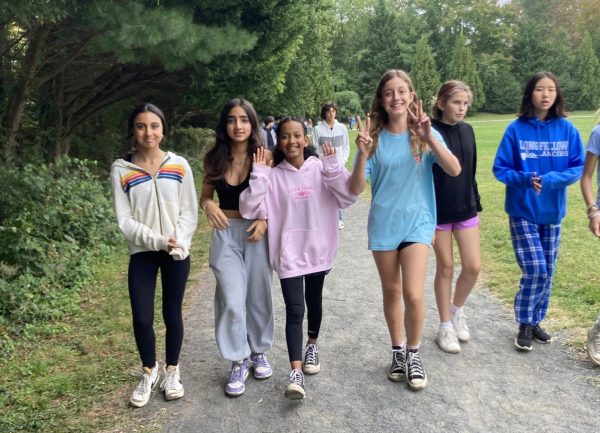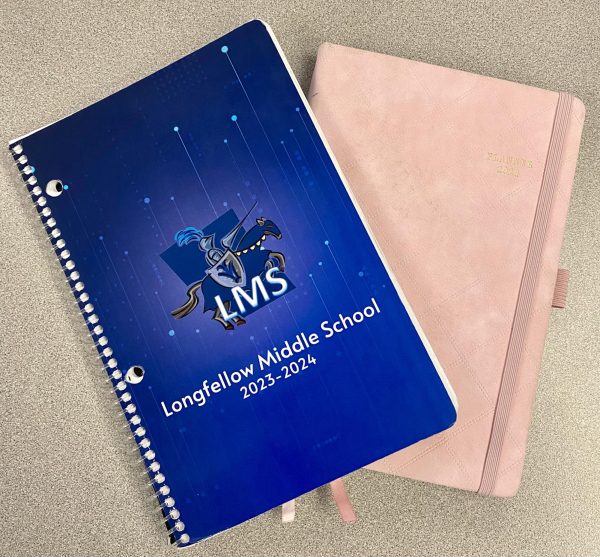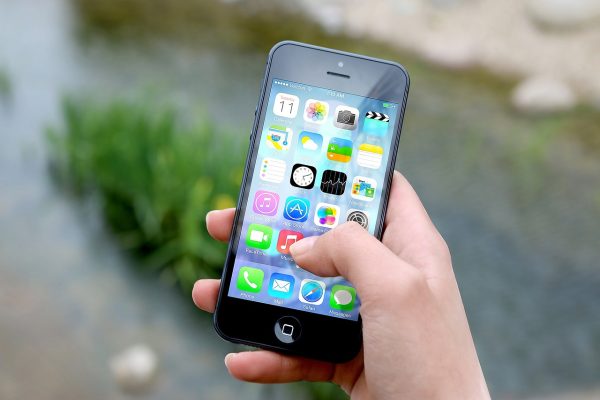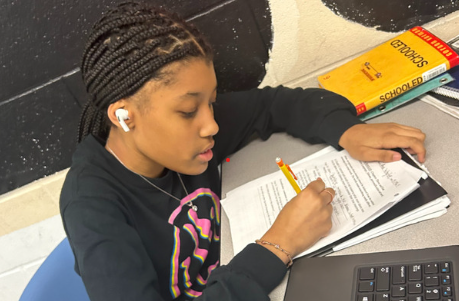Rethinking Screen Time After Year of Online Learning
Photo by NeONBRAND on Unsplash
With students using screens upwards of 8 hours a day, experts recommend closing them once in a while to avoid eye strain.
For many students today, distance learning has become the new normal. Classes happen on virtual meeting platforms such as google classroom, BBC, and Google meets every day. This increased screen time is compounded when students stuck at home seek entertainment on other platforms such as TikTok, Instagram, and Netflix. All this screentime is affecting students and according to some, has become a problem.
It’s still too early to tease out the exact effects of screen time usage during the pandemic, but according to the American Optometric Association (AOA), experts say they can suspect dramatic problems impacting eyesight in the near future for teens who are using their electronics for up to 5 or more hours a day.
“Vision loss and eye sensitivity are the most primary health concerns related to students and screen time,” said Robin Williams, the nurse at Longfellow.
Experts have suspected that the earlier it starts in teenagers, the more likely it is that they will have more severe eyesight issues as adults. Problems with myopia (when distant objects look blurry) have been linked to screen time. Another problem created by covid is that, unlike other types of medical care, getting in for an eye appointment can be difficult during the pandemic.
Get up and go outside
During the pandemic, getting enough physical activity may be more difficult than usual. However, according to the CDC, children, and adolescents from age 6-17 need at least 60 minutes of moderate-to-vigorous physical activity daily. Extended time sitting and not moving around make obesity, diabetes, heart disease, and other health issues more likely.
The biggest problem with most online school or work is that people usually sit still while interacting with their screens. Many sports and other group activities are no longer available and safe either. Regardless of your age, some physical activity is better than none.
Getting in at least one daily workout is great, but you should still get up and move regularly throughout the day. Catching up on household chores such as taking out the trash, walking a pet, or cleaning your closet are all great ways to get moving and increase blood flow. Your eyes will thank you too. Problems with myopia have been linked to screen time but according to the (AOA), “Encouraging children to follow the 20-20-20 rule: for every 20 minutes of reading, computer, or close work, take a 20-second rest break by looking at things at least 20 feet away may reduce risk for myopia.”
Hiding Imperfection
In addition to eye strain, there are psychological impacts to spending too much time on social media, which has been the only way for kids to connect with their peers for some time.
“I am not a big fan of social media,” said Williams. “Opinions can paint an ugly picture causing multiple unfortunate outcomes.”
For some kids, their social feeds can easily become fuel for negative feelings about themselves. If they’re struggling with low self-esteem, comparing themselves to their friends or people on social media can be extremely detrimental.
A lot of kids don’t realize that everything posted online is simply what someone is willing to present to the world. In other words, people only post the things where they think they look best because that’s what they want others to see.
“Personally, I have found that social media has incredibly high beauty standards; influencers are continuously striving to prove what is supposed to be perfect when it comes to looks and appearance. This way of thinking is incredibly harmful to my self-image and many others as well because there is always this neverending pressure that nobody is good enough”, says Aidan Shaughnessy, a 9th grader at McLean high school.
If everyone could make their life seem a little more glamorous than it is, they would, right?
Balance is the key
From 2 hours to 8, being on a screen can feel like time is passing by a lot faster than it actually is. In all honesty, I probably couldn’t go without my phone for a week. I find that I constantly check my phone to keep up with my friends and social media. Even though some might say, it is sad growing up in a world where this is all I have ever known, kids my age can agree that we can’t see ourselves living without our electronics.
However, not all screen time is bad. According to a CNN article, educational screen time has been linked to doing better in school and had no side effects. More passive screen time was linked to worse outcomes in health and school achievement, but the impact was little and mainly showed up in teens spending more than 8 hours a day on their devices.
For many students today, distance learning has become the new normal. But in the end, screens are not a threat; it’s the overuse of them that is. Staying consistent with how much time you spend on your devices and using them appropriately is still something to keep in mind.










